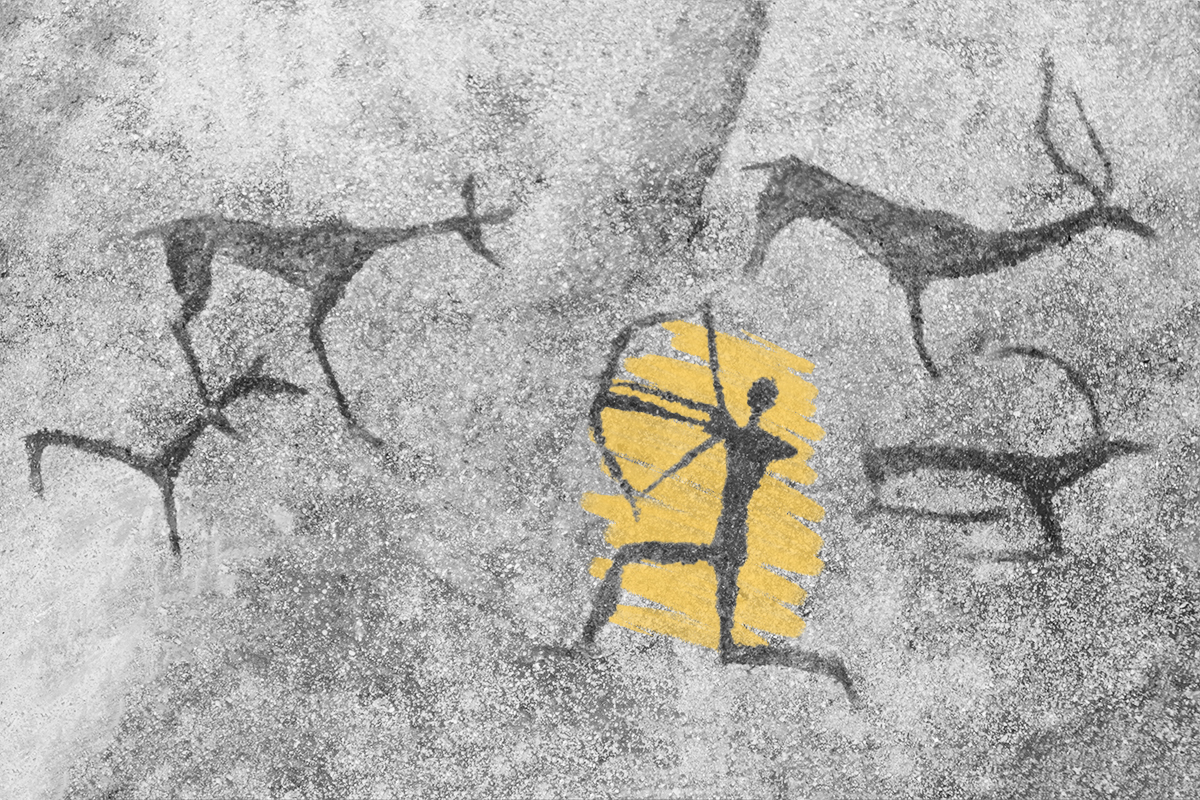The common ancestor of all humans
Saturday, September 7, 2024
If you were to trace all our family trees as far into the past as possible, you'd find we're all related — albeit extremely distantly. |
| |
| |
|
 |
|
| I f you were to trace all our family trees as far into the past as possible, you'd find we're all related — albeit extremely distantly. The common female ancestor from whom all humans are descended is Mitochondrial Eve, and scientists believe she lived in Africa some 200,000 years ago. Recent research may have narrowed down that location to an oasis in the Kalahari Desert, making it the "ancestral homeland of all humans alive today," according to the researchers. Eve is technically known as Mitochondrial-Most Recent Common Ancestor, or mt-Eve and mt-MRCA for short, and her lesser-known male counterpart is known as Y-chromosomal Adam. He's also believed to have lived in Africa, around 150,000 to 300,000 years ago. |
|
|
| The idea of a common ancestor has led to the misconception that Mitochondrial Eve was the first female human, which isn't correct. Rather, she was the most recent common ancestor to whom every living person can trace their genealogy. Every human on the planet carries the Eve gene, including 147 people and fetuses from the original 1987 study. That study wasn't the first to hypothesize a common ancestor, but the researchers behind it did coin the term Mitochondrial Eve. |
|
 |  |
|
|
 |
|
| |
|
| People who have ever lived | | | ~117 billion |
| | | Countries the Kalahari Desert covers (Namibia, Botswana, and South Africa) | | | 3 |
| | | Countries the Kalahari Desert covers (Namibia, Botswana, and South Africa) | | | 3 |
|
|
|
| Verses in the Bible's Book of Genesis | | | 1,533 |
| | | Genes in every human | | | ~25,000 |
| | | Genes in every human | | | ~25,000 |
|
|
|
 |
|
 | | Did you know? |
|
|
The Bible never specifies what the forbidden fruit was. |
|
| Though we tend to think that it was an apple eaten by Adam and Eve, the Bible never actually specifies what kind of fruit is on the tree of forbidden knowledge in the Garden of Eden. This has led to much speculation among believers, scholars, and others, with figs, grapes, pomegranates, and citrons all suggested as candidates. The apple emerged as the common consensus because its Latin name is malum, which is also the word for evil — a linguistic quirk that apparently seemed too poignant to ignore. Nothing in the original text suggests this is anything more than an etymological coincidence, but the association has stuck. |
|


posted by June Lesley at 4:01 AM











![]()
![]()





0 Comments:
Post a Comment
<< Home